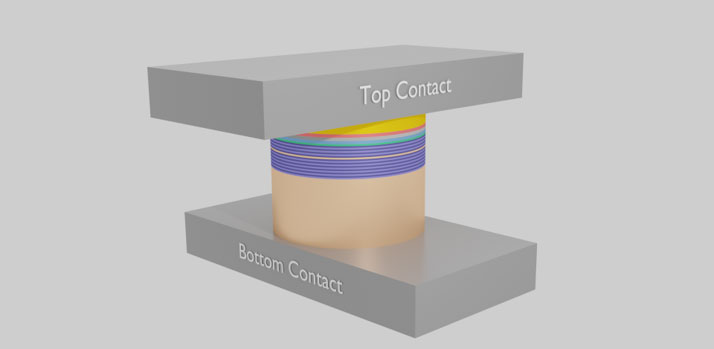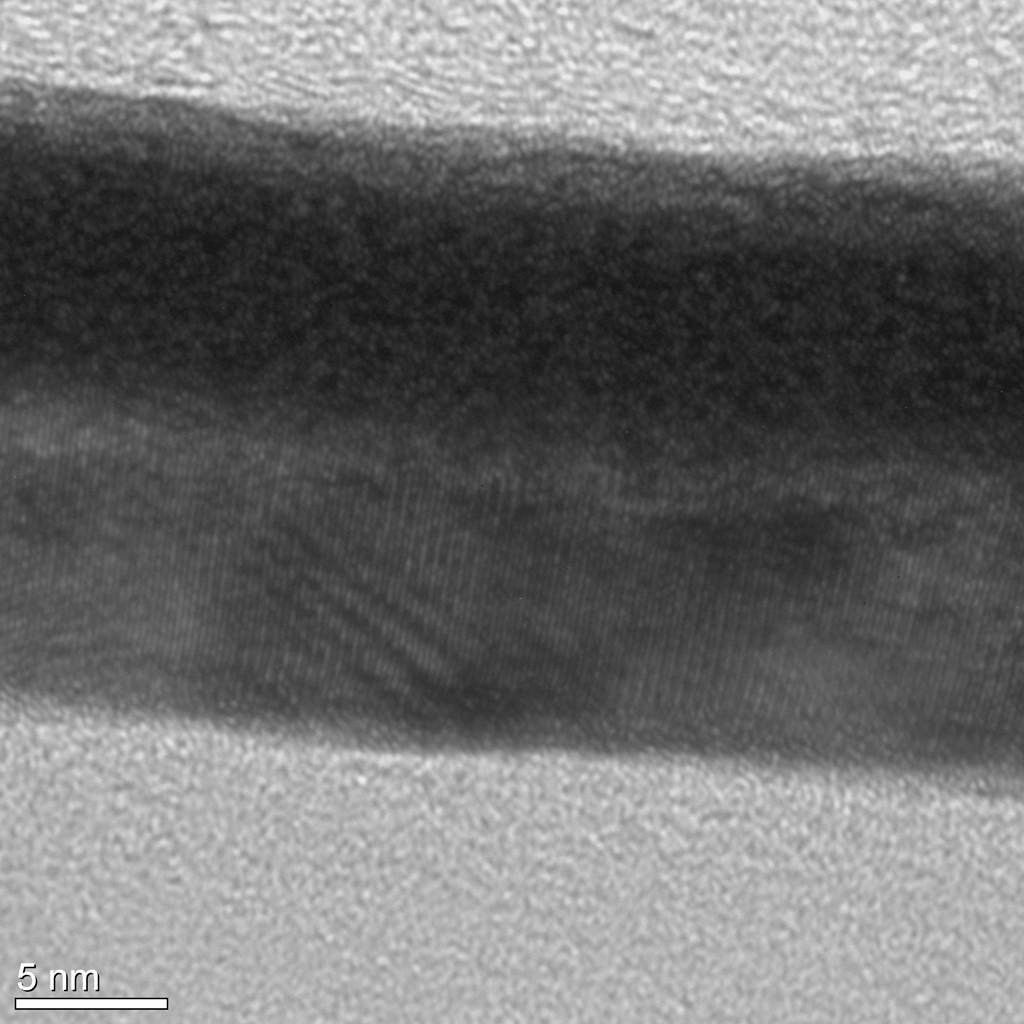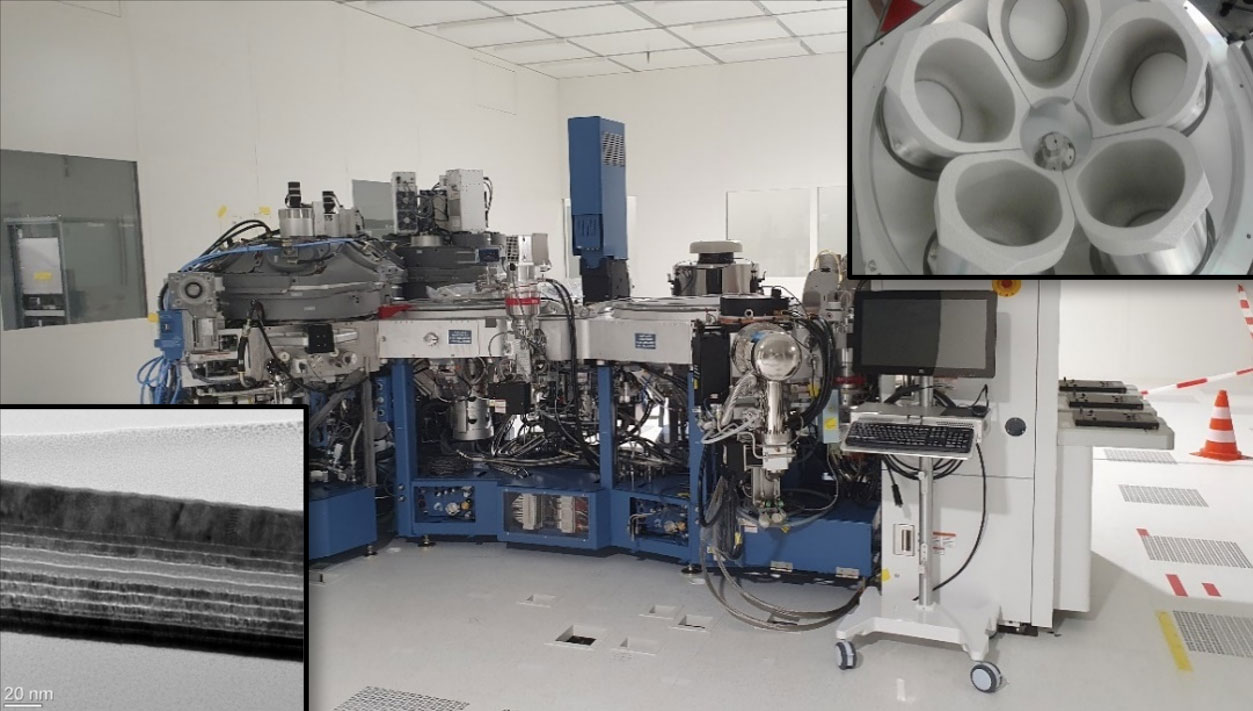Magnetoresistive RAM (MRAM)
Magnetoresistive Random Access Memory (MRAM)
Today, data is the lifeblood that disrupts many industries. The vast majority of this data is stored in the form of non-volatile magnetic bits in hard disk drives. This technology was developed more than half a century ago and has reached fundamental scaling limits that prevent further increases in storage capacity. New approaches are needed. Based on recent discoveries in spintronics, spin-based implementations such as Magnetic Random Access Memory (MRAM) or Racetrack Memory (RTM) are such approaches. Charge-to-spin conversion and vice versa is a key element in spin-based computing systems and is addressed in recent research. Spin-orbit coupling phenomena play a crucial role in both spin-orbit torque MRAM and RTM, where new materials with high spin Hall angles are needed. We explore the manufacturability of scaling to technologically relevant length scales and investigate fundamental obstacles and how they can be overcome. We fabricate single cells and arrays of nanoscale devices using an established set of materials and processes.
Research in the field of material and stack development
Research in the field of MRAM characterization
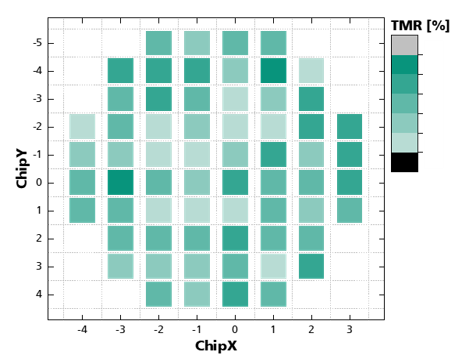
- Film and stack measurements via VSM, CIPT and MOKE
- Wafer level morphology, composition and other film properties
- Device and array characterization via Hprobe measurements
- Automotive qualification (-40 - +150 °C
Collaboration
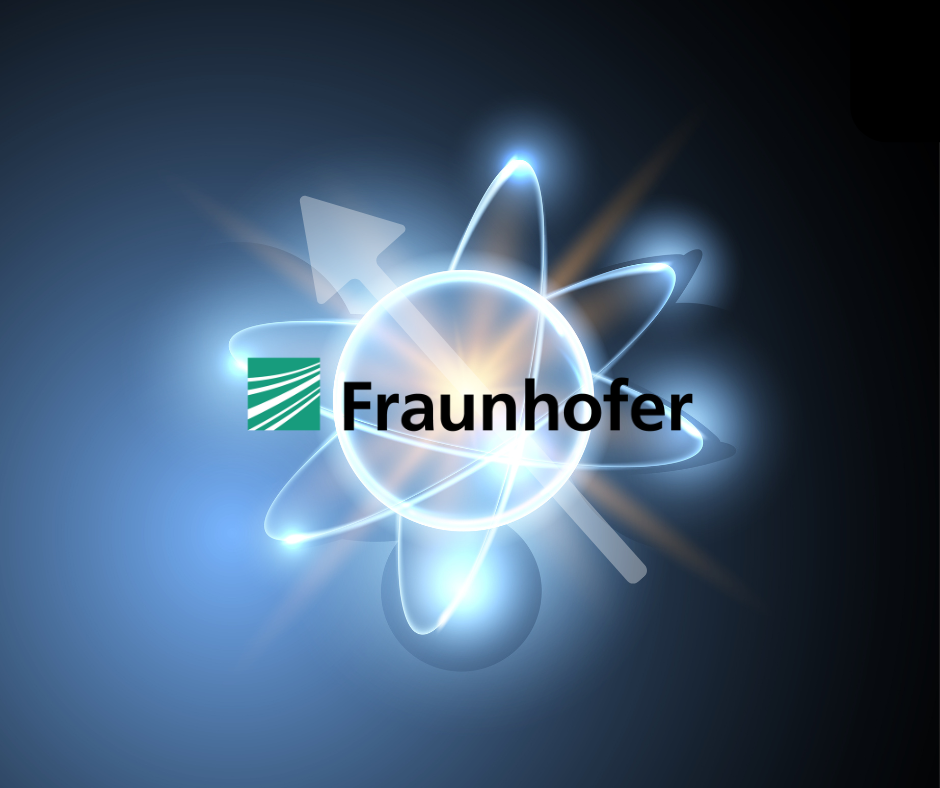
We work closely with Fraunhofer ENAS to fully utilise the diverse possibilities of spintronics in various application areas. While we focus on the development of advanced magnetic memory concepts, Fraunhofer ENAS is driving research in the field of highly sensitive magnetic field sensors.
This strategic cooperation is based on a joint clean room concept that allows us to optimally utilise our complementary strengths. For example, at Fraunhofer ENAS, process technology can be mapped on up to 200 mm wafers, while we specialize in the processing of 300 mm wafers. By having access to the state-of-the-art clean rooms of both institutes, we can process customer enquiries even more specifically and efficiently. Our partners and customers benefit from the combined expertise in this specialist field and customised solutions.
In addition, both institutes will work closely together on research into RF devices, another exciting area of application for spintronics. This joint research work enables us to develop innovative solutions for future wireless communication systems. By combining our strengths in sensor technology, memory technology and RF devices, we offer comprehensive expertise and unique solutions.
 Fraunhofer Institute for Photonic Microsystems
Fraunhofer Institute for Photonic Microsystems